Continuing on the series of the three major exploration locations in Toronto...next up RL Hearn. RL Hearn or simply "Hearn" was actually my first major location I visited.
Brief History, trimmed from Wikipedia:
According to the Canadian Electrical Association the R.L. Hearn station was the site of Canada's first 100 MW steam turbo-generator set. The station was officially opened on October 26, 1951 by the Hon. Leslie Frost, Premier of Ontario, with the first two units in service. Four units were in operation by 1953. The plant originally burned coal which was transported on ships through the St Lawrence Seaway.
Hearn reached full capacity of 1200 MW for the first time on March 22, 1961. At full load the boilers burned about 440 tons of coal an hour, and the turbines and other equipment required about 36,000,000 gallons/hr of cooling water from Lake Ontario. Total construction cost was $156 million (CDN). The turbine hall was almost 1000 feet long and was an impressive sight, viewed from the visitor gallery on the west side of the plant where the offices were located. Units 1-4 (100 MW) had one turbine-generator each. The 200 MW units (5-8) had two turbine-generators per unit, an arrangement called tandem cross-compound so there were a total of 12 turbine-generator sets in the turbine hall. At the peak of the plant's operation in the 1960s, it employed up to 600. Many Ontario Hydro operators, maintainers, technicians and professionals began their careers, and were trained at the station and then went on to work at other plants and Ontario's CANDU nuclear stations.
In 1971, the entire plant was also converted to burn natural gas with four units retaining the option to burn coal. In December 1972, Alberta Premier Peter Lougheed called the 40 billion cubic feet of Alberta natural gas/year the station was burning "an appalling waste of natural gas" at the price of about $1/1000 cu. ft. and he charged that Ontario was getting a "cheap ride" at Alberta's expense.
The station operated burning natural gas until the early 1980s and then units 1-5 were mothballed. Conversion to natural gas reduced pollution but it become more expensive and the plant's efficiency was much lower than today's combined cycle and cogeneration plants. The last three 200 MW units at the plant resumed burning coal along with natural gas but they were phased out of operation in July 1983, due to concerns about increased air pollution in Toronto and an abundant energy supply in the province. The staff level had been reduced to around 180 when power production stopped in 1983. Some of the generators were operated as synchronous condensers to improve power quality until 1995 and the electrical control room and switchyard continued to operate, sending power into downtown Toronto with a staff of about 10.
In 2002, the OPG announced that Studios of America would be leasing the property of the former generating station and had plans to construct a 300,000 sq. foot multipurpose film production studio called Great Lakes Studios on the site. Most of the boilers and a large amount of other equipment were removed and sent to the scrapyard. This movie studio project was abandoned in 2006. Although the station did not become a movie studio, the R.L. Hearn interior and grounds were used in a number of movie productions over the years.




 LinkBack URL
LinkBack URL About LinkBacks
About LinkBacks





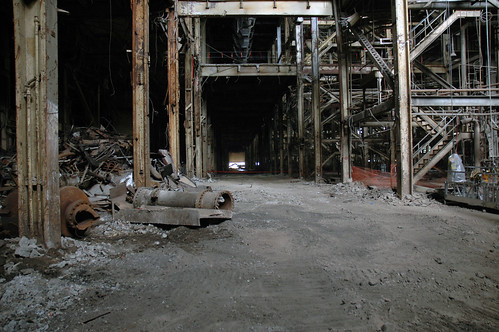
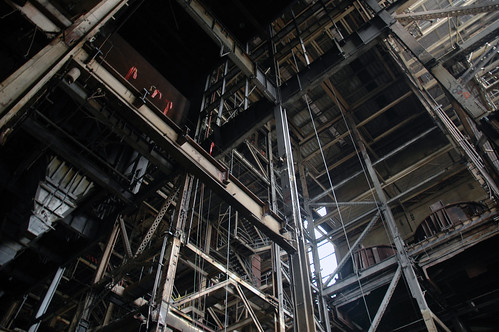


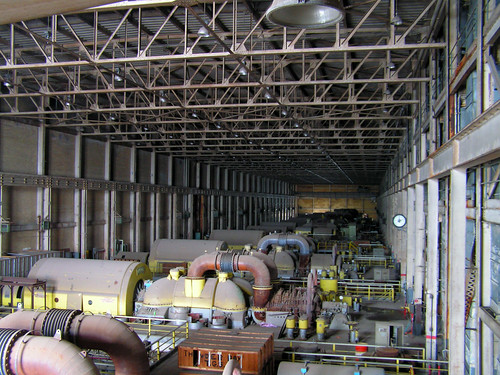
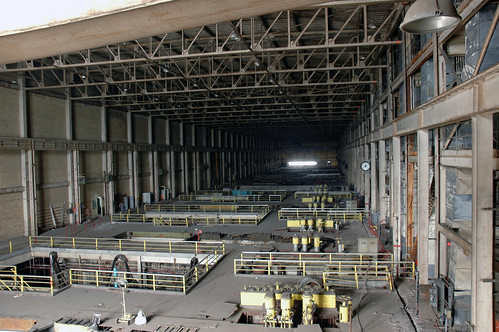



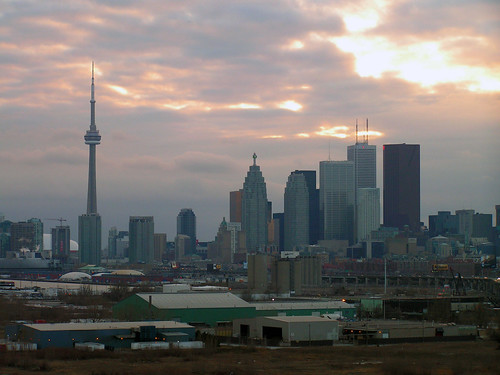

 Reply With Quote
Reply With Quote